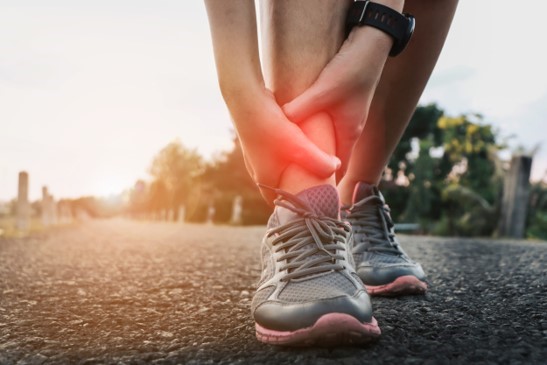Getting injured during sports can lead to long periods watching on the sideline rather than playing the sport you love. This can have psychological effects and also effect your overall health – due to reduced physical activity while the injury heals.
Sport injuries can arise for a number of reasons such as:
Overuse
- Playing a sport with higher demand than your body can handle – this can involve the duration of playing time and activities or movements involved in the sport.
- Playing without adequate rest or having multiple sessions within a shorter period of time compared to normal.
- Repetitive movements or repetition of incorrect technique.
Trauma from physical contact
- Can result in bruising or broken bones at the sight of contact.
- Can create unwanted movement in other parts of the body, leading to large amounts of force on certain tissues.
Sudden increase in force
- This can result in an acute overload of the tissue and lead to tissue failure e.g. landing from a jump, overstretching to kick a ball, stepping in a ditch on the field etc.
It is important when recovering from a sporting injury that you properly prepare yourself to return. This will help in preventing the recurrence of your injury or increasing the chance of a different injury. Sports rehabilitation usually involves a mixture of hands on treatment, strengthening exercises, sport specific exercises and importantly load management to allow your body to slowly adapt to the demands of the sport. Returning post injury can be slow and frustrating but needs to be calculated and rational. Returning too soon or returning to the full demands of the sport straight away, without gradual exposure, can be risky and lead to reinjury and other issues.
Load management is a term used to gradually expose the athlete to different types of forces that would be experienced during the sport, but in little bouts to begin. As the athelete adapts to these little bouts of sport activity, the amount of activity is slowly increased overtime until the athlete is deemed ready to return to full participation. It is important to remember just because you are pain free and able to complete tasks that are demanded in the sport, it doesn’t mean you have fully recovered.
The rate and amount of time depends on the athlete, the sport, the extent of the injury and the amount of time and resources available.
Regular sporting injuries seen in the clinic include:
- Anterior Cruciate Ligament (ACL) ruptures or tears
- Hamstring, calf, quadricep and hip flexor strains
- Achilles tendinopathies
- Shoulder and finger dislocations
- Wrist and leg/foot fractures
- Rotator cuff tears and tendinopathies
- Bursitis of the shoulder and hip
and many more…

